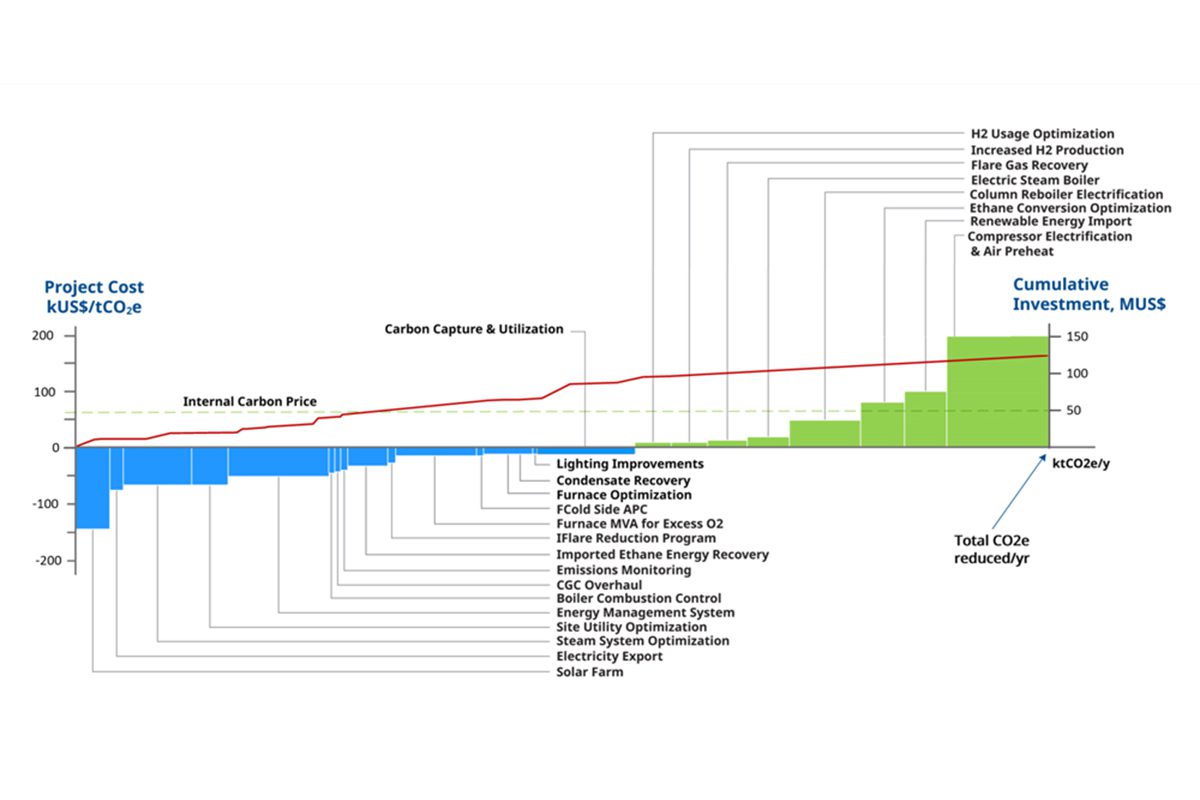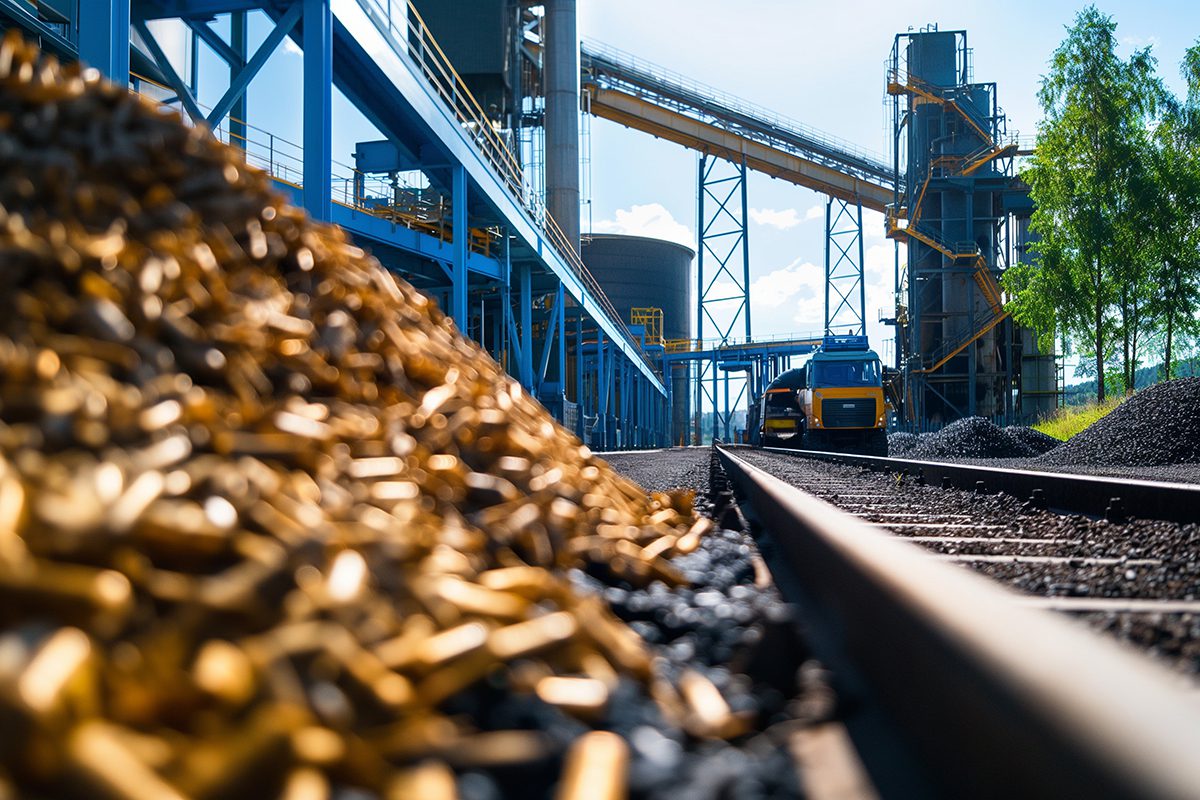ESF Presentation
How Is Your Marginal Abatement Cost Curve (MACC) Performing?


Title: Generic MACC – Project Cost per ton CO₂-e vs Total CO₂e Reduction p.a.
Source: Carugo, M. and S. P. Emerson, “Planning a practical path to net-zero,” Hydrocarbon Processing, February 2024.
Tools to Plan Abatement and Decarbonization
At The Catalyst Group (TCG), we empower leaders with the insights, strategies, and resources to navigate the ever-evolving regulatory and process technology environment. Here’s how:

Why MACC Matters in Any Net-Zero Project
Prioritize High-Impact Initiatives: Focus on the most cost-effective projects with the highest environmental benefits.
Align with Carbon Pricing Goals: Strategically manage internal carbon pricing to ensure projects meet ROI requirements while driving sustainability.
Balance Innovation with Feasibility: Assess which emerging technologies provide real-world impact without overextending resources.
Critical Factors to Evaluate Before Investing
MACC is a flexible tool for greenfield projects or site remediation. This methodology evaluates external factors influencing long-term investment strategies.
Key assessment criteria include:
Carbon offsets, credits, taxes, and incentives
Maximize savings by leveraging financial subsidies.
Advancements in catalysts, separations, and pipeline technologies
Reduce costs and improve operating efficiency with the latest innovations.
Technology reliability and risk
Evaluate and mitigate investment risks across technology maturity stages.
Permitting, engineering, and infrastructure
Local climate and logistics
Regional climate and carbon regulations
Plan for both present and future regulatory policies and changes beyond 2035.
Carbon intensity goals for scopes 1, 2, and 3
Safeguard compliance with evolving carbon costs and intensity targets.
CCUS logistics
Renewable power costs and electrification
Assess investment and potential for renewable power integration.

Developing a High-Level Path to NetZero
Achieving high ROI for any decarbonization project requires using reliable, proven technologies. The TCG’s real-world case studies illustrate different decarbonization approaches:
Case 1: Middle East Syngas Producer. New catalysts, CO2 separation, and recycling operations:
- Achieved a 1% product yield improvement, adding $60-70 million annually
- Attained significant CO2 reductions.
Case 2: Asia/Pacific CO2 Capture Roadmap. Deployed liquid, solid, and membrane hybrid technologies for CO2 utilization with support from corporate venture capital.
Case 3: U.S. MSW Gasification for eFuels. Risk benchmarking evaluated modern vs. legacy technologies for municipal solid waste feedstock.
Emerging Pipeline Technologies Shaping Project Profitability
Cost-effective decarbonization involves technology-driven solutions:
Renewable diesel (RD) and sustainable aviation fuel (SAF)
Separation technologies for olefins, paraffins, and CO2
Use membranes, adsorbents, and hybrid systems.
Biofeedstock supply chains
Strengthen acquisition strategies for lower-cost sustainable resources.
Advanced storage solutions
Maximize renewable energy usage with thermal and electricity storage systems.
Electrolyzer CAPEX reductions
Government-backed CCUS approvals
Leverage faster timelines for global CCUS permitting and completion.
Let’s build a Better Future Today!
Partner with The Catalyst Group to accelerate your sustainability journey. Let’s collaborate to build a successful, impactful, and environmentally responsible future.
How The Catalyst Group Can Help You Lead the Energy Transition

2024 IETD Consortium: Access the latest insights on CCUS, biofuels, hydrogen economy, power-to-X, and circular economy trends.
Techno-Economic Reports: Stay updated on technology advancements through weekly briefs, virtual sessions, and detailed reports.
Access to Global Experts: Connect with leading scientists and industry experts for energy and sustainability information.
Peer Networking Opportunities: Collaborate with leading companies to unlock new partnerships and business development opportunities.
Unlock your company's potential
At TCGC, we’re more than consultants—we’re partners. We can assist your company in exploring new opportunities to achieve your decarbonization goals.
